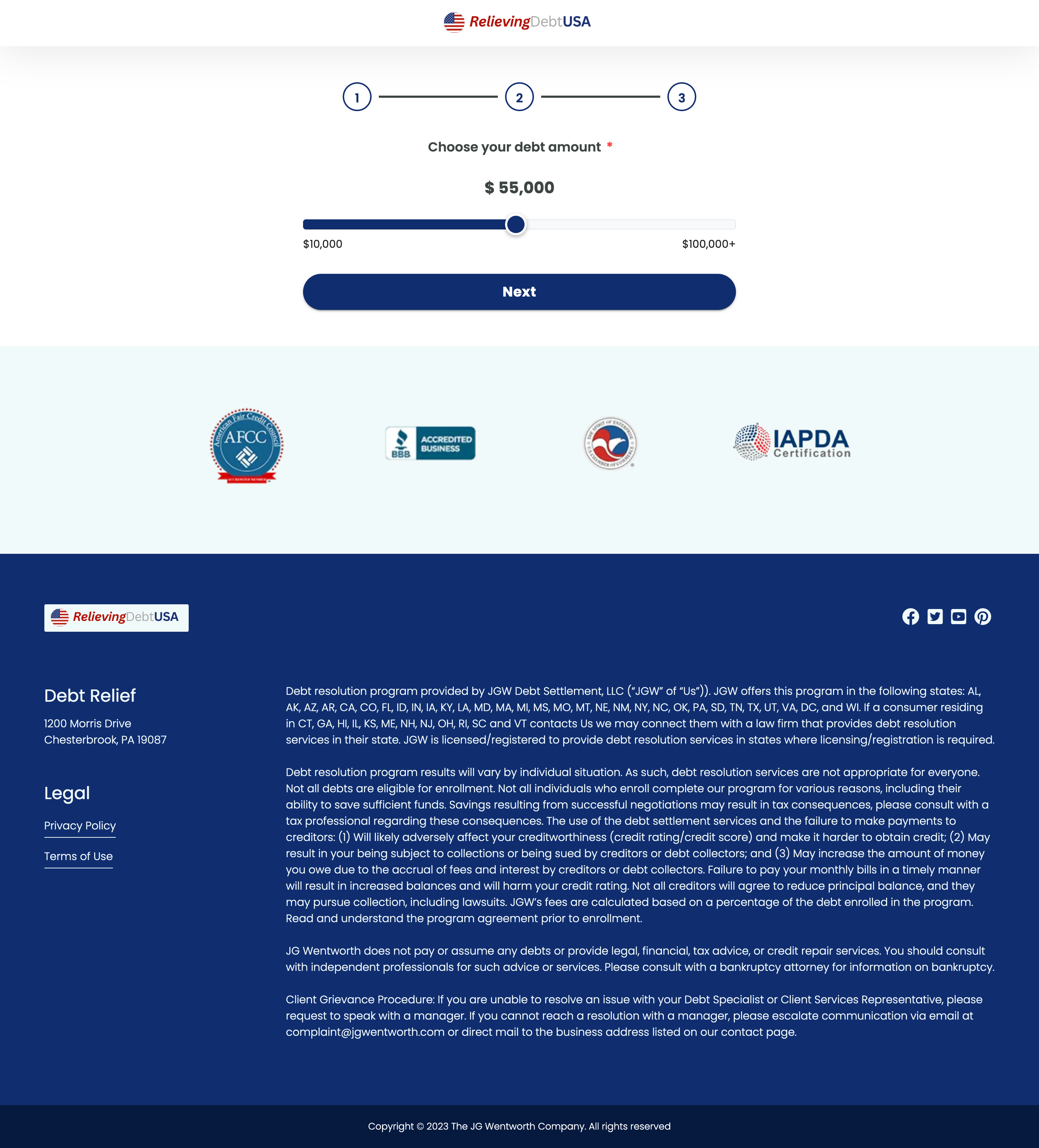Save Your Landing Pages in Multiple Formats for Maximum Flexibility
Introduction
In the digital marketing world, landing pages are crucial tools for capturing leads and converting visitors into customers. However, landing page designs and content can frequently change, which can be problematic if you don’t have them saved. By saving landing pages in multiple formats, you can ensure that you have a backup for future use, analysis, or updates. This article explores the importance of saving landing pages, the various formats available, and the best tools and practices to achieve this.
Importance of Saving Landing Pages
Saving landing pages is not just about keeping a record; it’s about creating opportunities for flexibility and enhancement. Here are some of the key reasons why you should save your landing pages:
- Content Backup: Websites can undergo changes or be taken down. Having a backup ensures that you can restore your content quickly.
- Design Reference: Saved landing pages can serve as design references for future projects or revisions.
- Performance Analysis: By keeping previous versions, you can analyze what worked and what didn’t, helping to refine your strategies.
- Competitor Monitoring: Downloading the landing pages of competitors can provide insights into their strategies and trends.
Formats for Saving Landing Pages
There are multiple formats you can choose from when saving landing pages, each serving different purposes:
HTML and CSS
Saving landing pages as HTML and CSS files is one of the most common methods. It allows you to preserve the code structure and design elements, making it easy to recreate the page or use it as a template.
PDFs are excellent for maintaining a static visual record of a landing page. They’re useful for presentations and archiving, allowing stakeholders to view the page as it appeared at a specific time.
Image Files
Saving landing pages as images provides a quick and easy way to capture the visual layout. This method is especially useful for quick reference or sharing snapshots across teams without needing technical knowledge to access them.
Full Page Screenshots
This format combines both the structure and visuals, providing a comprehensible snapshot of the entire page in its entirety, including its functioning parts such as sliders or animations during the capture moment.
Tools and Best Practices
Choosing the right tool is essential for effectively saving landing pages. Here are some top tools and best practices:
Landing Page Ripper Extensions
Using a specialized landing page ripper tool is one of the easiest and most efficient ways to download landing page HTML and other resources. These Chrome extensions allow you to capture, download, and save landing page assets quickly.
Web Scraper Tools
There are web scraper tools that provide more advanced features for those who need to capture landing page content in bulk or automate the downloading process. These tools can often extract landing page code and save them into organized files.
Regular Backups
Implementing a regular backup routine ensures that all your landing pages are stored and can be retrieved after updates or changes. Establish a schedule that suits your workflow needs.
Organizational Strategies
Establish a system for organizing your saved landing page files. Clear labeling and systematic storage help in efficiently retrieving files when needed.
Conclusion
Saving landing pages in various formats is a critical practice for any digital marketer or website owner. It provides much-needed flexibility, enabling future revisions, analyses, and strategic implementations. By utilizing tools like landing page downloaders, web scrapers, and browser extensions, you can stay ahead in the competitive digital landscape. Whether it’s to capture landing page content or to ensure a permanent archive, saving these integral parts of your web strategy in multiple formats ultimately leads to better resource management and informed decision-making.









